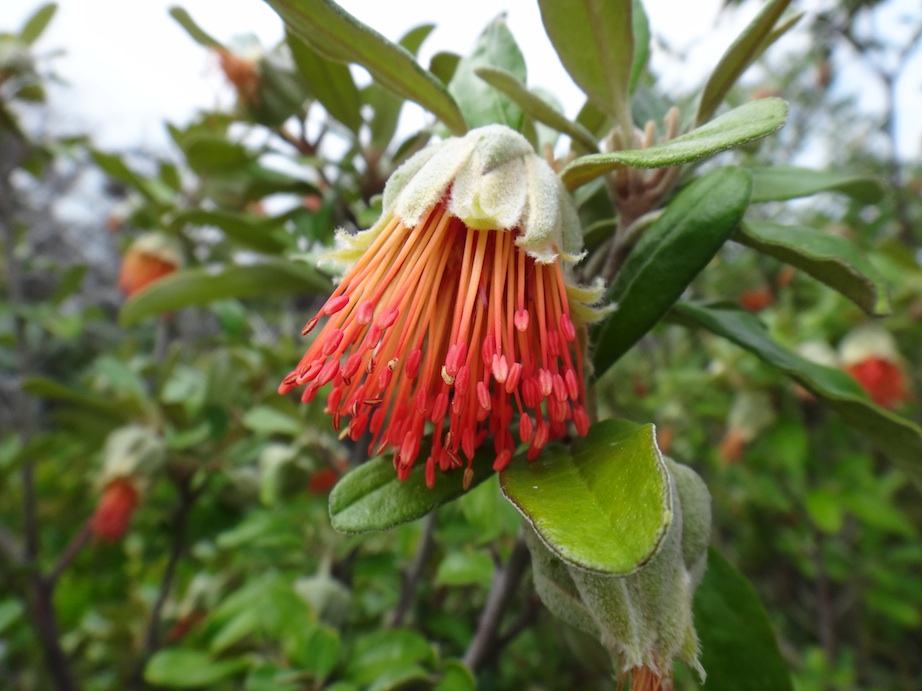Welcome to Djeran! It’s one of six seasons in the Noongar calendar of WA’s South-West. Djeran generally spans April-May and brings an end to the hot weather on the Cape to Cape Track.

Working with traditional owners in the Margaret River region

Overnight dew and light breezes herald Djeran’s arrival

Seeds, fruit and bulbs on the Djeran menu
Traditionally, foods at this time of year included the seeds (bayu) that had been collected and stored for treatment from the djiriji (zamia palm) last season, along with the root bulbs of the yanget (rush), bardi grubs, fresh water fish, kooyar (frogs), yakaarn (turtles) and quenda (southern brown bandicoot).

Cooler and damper nights in the Margaret River region
As the season progresses the nights will become cooler and damper, along with some cool and rainy days. Traditionally mia-mias (houses or shelters) were now repaired with materials from plants like bibool (paperbark), mindarie (balga fronds), koorla (native wisteria or Hardenbergia comptoniana) and wollung (running postman or Kennedia prostrata) to make sure they were waterproofed, reinforced and facing in the right direction in readiness for the cold and wet period to come.

Join our guides and learn more about country and culture
To learn more, book your 8-Day Guided End-to-End adventure. Or choose one of our self-guided adventures on the Cape to Cape Track. And we’ll see you on the Track soon!
